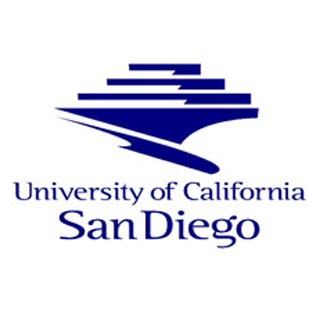
The researchers mention that glycosylation or CDG belong to a group of syndromes in which inborn metabolic errors result in serious, sometimes fatal, malfunctions of various organ systems, especially the nervous system, muscles and intestines. Patients both infants and adults with CDG report fluctuating degrees of disability like cognitive impairment and speech difficulties, poor motor skills, vision problems and stroke-like episodes. Even though CDG is a rare disease, related disorders too lack treatment availability.
Gleeson, a Howard Hughes Medical Institute Investigator who supervised the research quoted, “We found the long-sought polyprenol reductase that has been suspected for decades. Using a human genetic approach, we were able to not only find a clue to understand this class of disorder, but also to solve a basic science problem.”
In the course of the investigations, the gene SRD5A3 was apparently identified which is responsible for the synthesis of a lipid employed by cells as a sugar carrier for protein glycosylation. It appears to be a complicated, multi-part process wherein proteins are altered by the inclusion of a sugar or sugar chain. In the absence of added sugars, proteins seem to be incapable of folding or they do not fold accurately. This may result in dysfunction and disease. The research ascertains the molecular basis of enzymatic reaction in protein glycosylation.
Vincent Cantagrel, a UC San Diego postdoctoral fellow and research co-author shared, “Dolichol is used by the cell like a truck to transport glycans to their destination but also as a support to build them. A defect in this transportation results in a less efficient process of glycosylation. Some proteins will miss some glycan chains and will not function correctly.”
It was revealed that on the completion of translation, most proteins are altered with the inclusion of glycans (polysaccharides or oligosaccharides). These glycans may be crucial in helping proteins perform their functions. The changes are assumed to take place in a certain specific cell compartment which is the membrane of the endoplasmic reticulum. It is in this cell compartment that the glycans are transported by a lipid before transferring onto proteins.
Gleeson added, “The mutation is inherited recessively. Both parents must pass along a mutated copy, which is why you don’t see it so much in the US. However, in the Middle East, where marriage of cousins is common, these diseases are much more prevalent.”
The scientists explain that dolichol is the lipid carrier for glycans and may be employed during protein glycosylation. However, the presence of dolichol seems to be vital in completing the modification process. The synthesis or production of dolichol may not be understood in detail, particularly the end step when polyprenol that is a natural long-chain alcohol, is decreased to create dolichol.
Gleeson said, “The key was identifying the enzyme’s role in producing dolichol. This is the basic step that is blocked in our patients, and the disease is the result. Our idea is that if you feed these patients dolichol that might just treat the condition. It would be similar to giving insulin to diabetics. It’s a simple solution, but one nobody had thought of.”
In patients with CDG, the conversion from polyprenol to dolichol is blocked by a mutation in the SRD5A3 gene. Gleeson revealed identification of the blockage to be a possible treatment for the disease. At present artificially produced dolichol is very expensive probably due to lack of demand. However, the compound may be naturally found in abundance in plants like the gingko or maidenhair tree and spinach.
Gleeson elucidated, “If we look at other steps along the glycosylation pathway, it’s possible we can find other break points. We might be able to treat or cure other forms of CDG or even more common diseases that use this pathway, such as cirrhosis, in which there is deficiency of dolichol.”
Since Ginkgo is possibly the source of a lot of compounds, extracting dolichol can be just an additional process. Providing the compound in the form of a pill is suggested to be beneficial for people. Giving the compound and analyzing its effects is currently being tested on animal models. Even though cases of CDG are rare, the findings about the polyprenol-dolichol block in the glycosylation process seem to have broader developments. It was concluded that glycosylation is important for normal growth and function of all tissues and organs.
The research was published in the July 15 online edition of the journal Cell.
